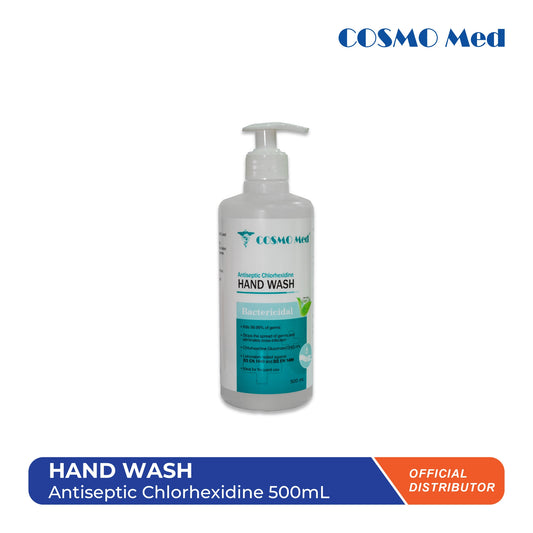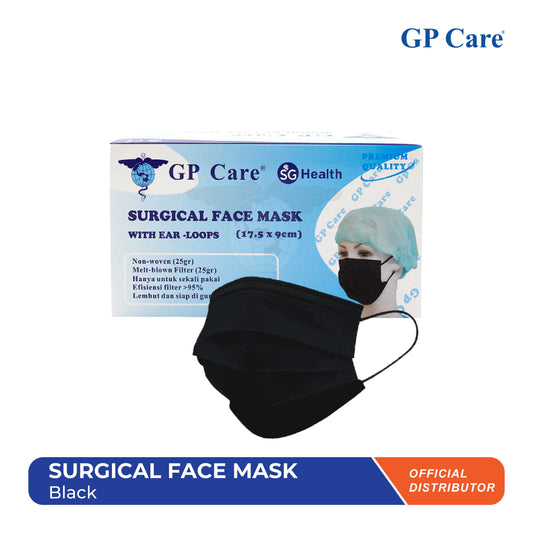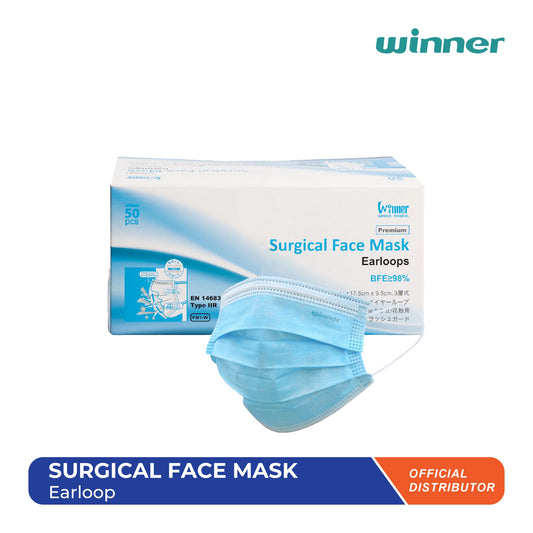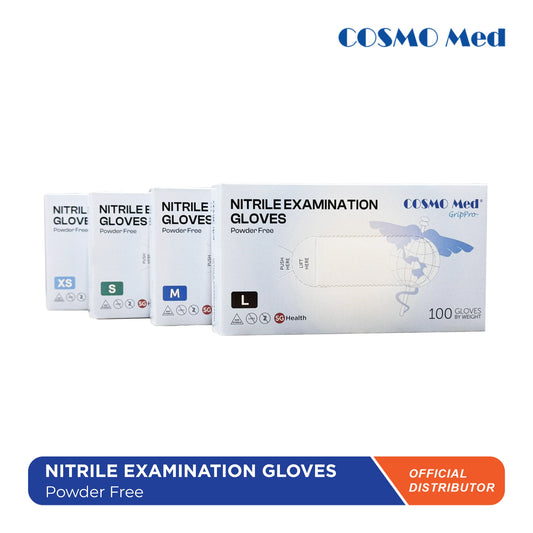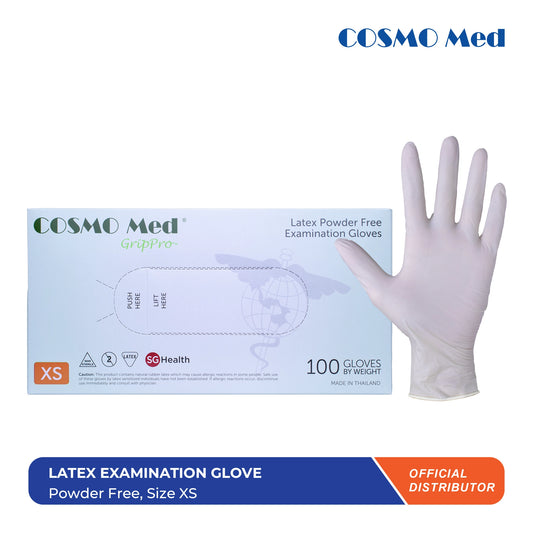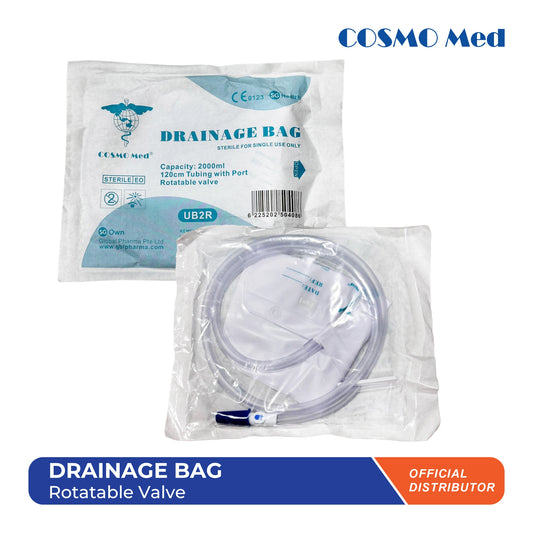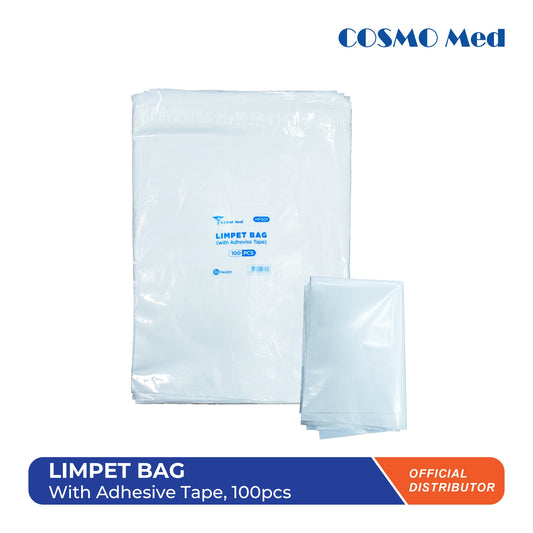Our fingers are some of the most used and most vulnerable parts of our body. Whether cooking, typing or handling tools, they’re constantly moving, which makes them prone to small injuries like cuts, scrapes, or blisters. While most finger injuries are minor, but different method on treatment in the first few hours greatly affects the duration of recovery process. One of the simplest, common and effective tools is to use a finger bandage. But applying it correctly, and knowing what to avoid, is key.
Step 1: Clean the Wound Properly

Before putting on a bandage, make sure the wound is properly cleaned. Wash hands with soap and water, then gently rinse the injured area with mild soap and running water. Avoid using harsh chemicals like hydrogen peroxide or alcohol directly on the wound as these can irritate the skin which slow down healing.
Step 2: Stop the Bleeding

If the injury is bleeding, use a clean cloth or sterile gauze and apply gentle pressure until it stops. Most small cuts will stop bleeding within a few minutes, but if it continues for more than 10 minutes, it’s best to seek medical help.
Step 3: Apply an Antibacterial Ointment

After cleaning the wound, apply a thin of layer of antibacterial ointment to help prevent infection and keep the wound moist. Additionally, a moist healing environment actually helps skin cells repair faster compared to a wound that dries out. Use of petroleum jelly as an extra layer of protection is also advised to keep the area shielded under the bandage
Step 4: Choose the Right Finger Bandage

Not all bandages are created equal. For finger injuries, flexible fabric bandages works best. They mold with your finger and stay in place even when you’re moving. For deeper cuts, consider using a butterfly bandage to help hold the skin together.
Step 5: Wrap It Correctly

When wrapping, make sure the bandage isn’t too tight, as this can cut off circulation and cause numbness or swelling. The best way is to wrap it diagonally so it stays in place without slipping. To check circulation, gently squeeze one of your fingernails until it turns pale and count to five, the color should return within two seconds. If it doesn’t, the bandage is too tight and should be loosened. Always ensure your fingertip feels warm and looks its normal color, which are signs that blood is flowing properly.
Step 6: Keep It Clean and Change Regularly

Change your finger bandage at least once a day, or sooner if it gets wet or dirty. A damp or dirty bandage can trap bacteria and slow down healing, so keeping it fresh makes all the difference.
What to Avoid
- Don’t ignore signs of infection. Redness, swelling, pus, or increased pain are signals to see a doctor.
- Don’t keep the same bandage for too long. Change it daily, or sooner if it gets wet or dirty, to keep bacteria from building up.
- Don’t pick at the wound. It may be tempting, but touching or peeling scabs can reopen the injury and delay healing.
- Don’t wrap too tightly. Restricting blood flow only slow down healing instead of helping.
Final Thoughts
Even a small finger injury can interfere with daily life if is not cared properly. Proper cleaning, bandaging, and regular checks not only protect against infection but also help your skin heal faster. With the right care and a little patience, you’ll have your finger back to normal before you know it.
And if you want even better protection, our waterproof finger bandages are designed to do more than just cover a wound. They’re soft, breathable ,and with a highly absorbent pad to keep the wound clean. Additionally, with a 2% Chlorhexidine, a powerful antibacterial agent that most bandages don’t include, helps to reduce the risk of infection while your finger heals easier, cleaner and a lot less stressful.



